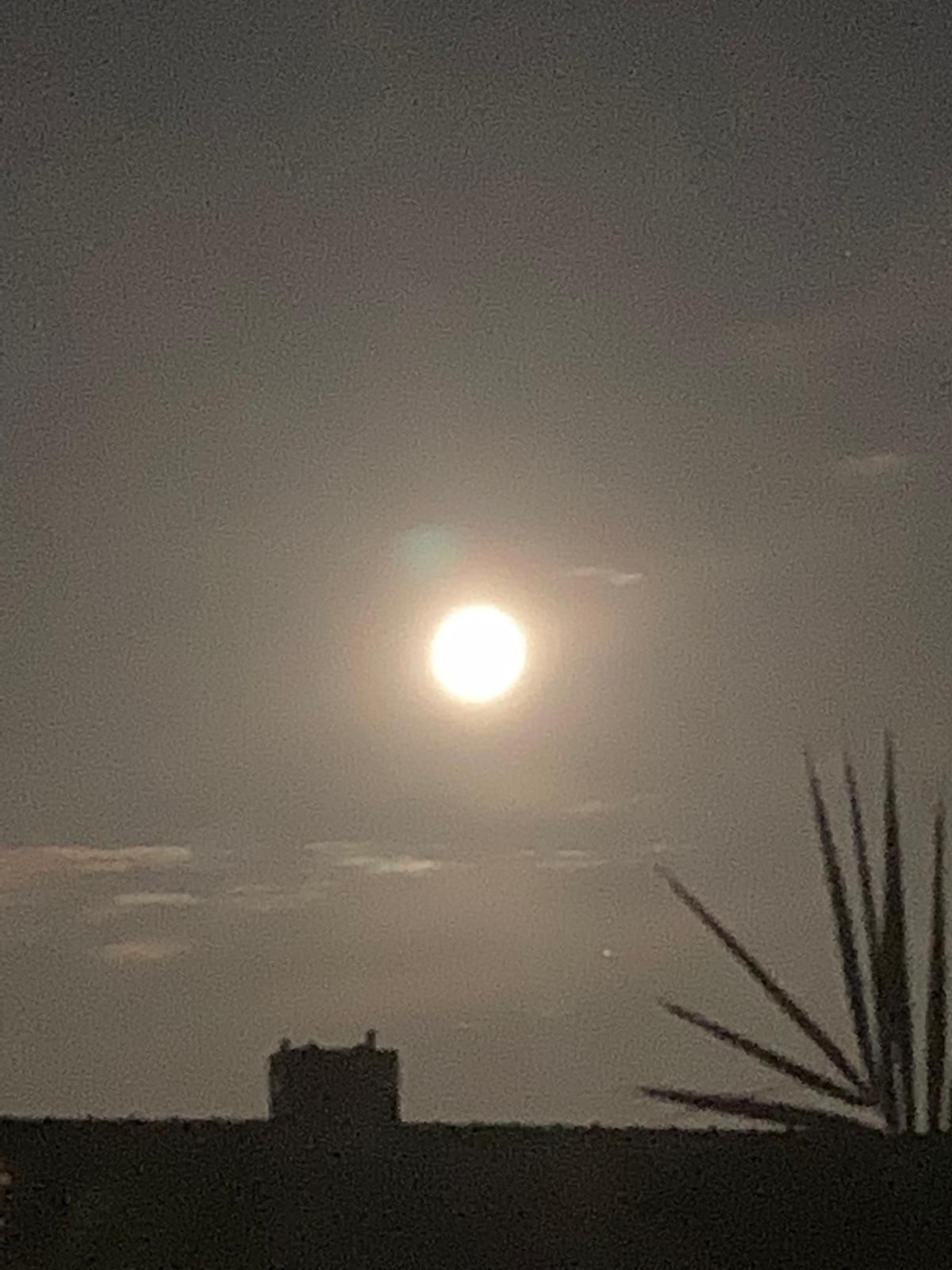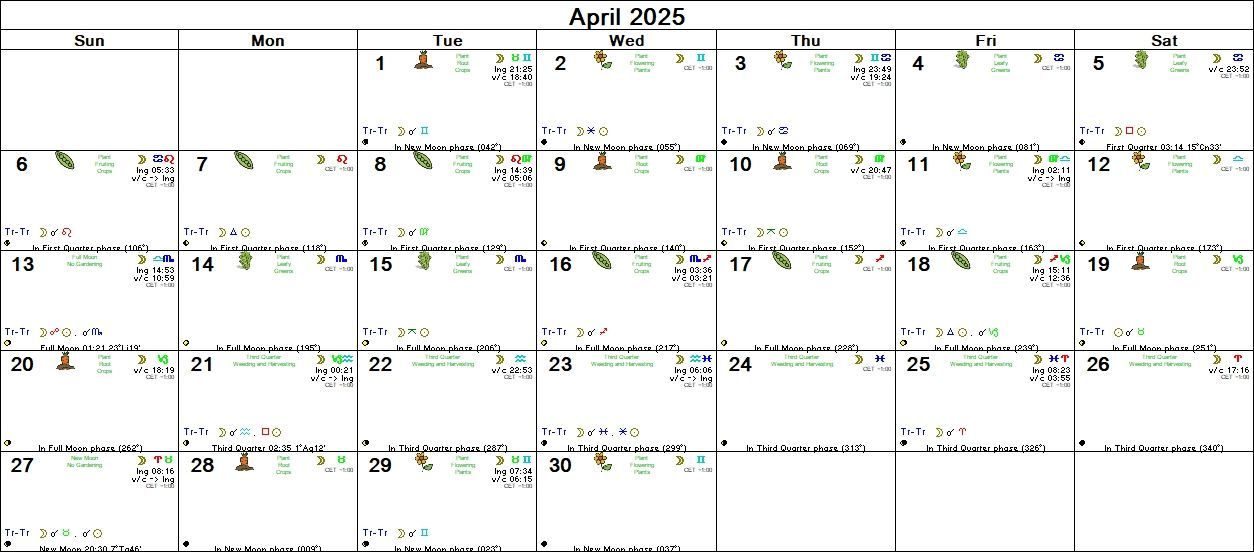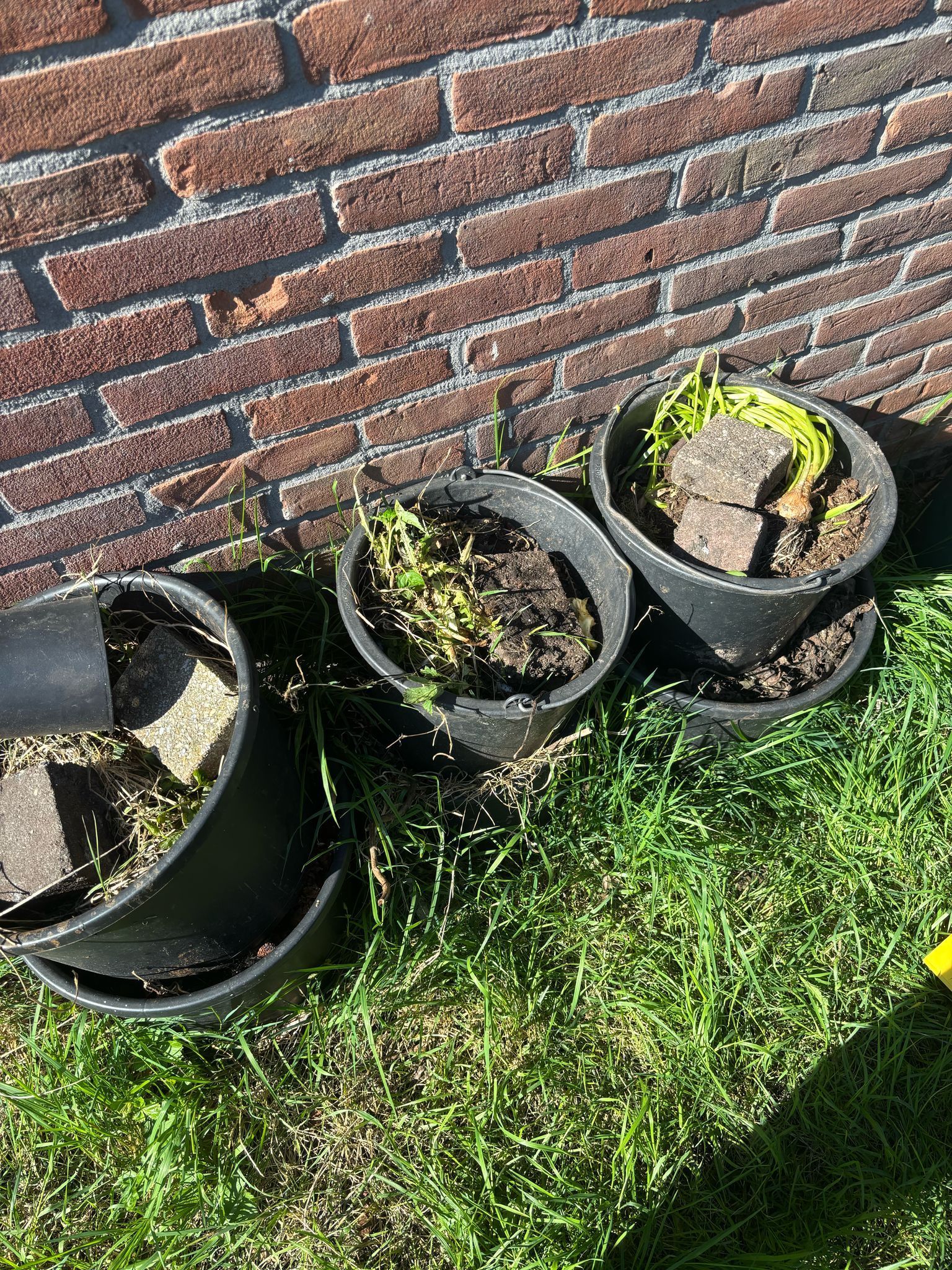Chandra / Moon
Wikipedia states that; The word "Chandra" literally means "bright, shining or glittering" and is used for the "Moon" in Sanskrit and other Indo- Aryan languages. Chandra (Sanskrit: चन्द्र, romanized: Chandra, lit. 'shining' or 'moon'), also known as Soma (Sanskrit: सोम), is the Hindu god of the Moon, and is associated with the night, plants and vegetation. He is one of the Navagraha (nine planets of Hinduism) and Dikpala (guardians of the directions).
It's intriguing to remember that when I started deepening the astrological studies, I was never keen on the Moon and its value in the astrological dance. Even more so, I actually thought and felt it kind of irrelevant. especially compared to 'real' planets.
On this page I will share the unfolding of my Love and appreciation for the Moon and how I work with this beautiful insight.

The Moon trough the Elements
I've been exploring the Sidereal garden calendar again after some years.
When I just moved to Amsterdam North in 2017 the garden was in deep slumber, hibernation and decay.
It took years to fertilize the soil using several methods. Most of these were intuitive, or where they a residue of wisdom from the past..? What ever it was, it worked and I'm so grateful!

A couple of years ago I shared the Garden Calendar monthly at the Astrological page, together with current trends. Today I would like to take you by the hand and share the Calendar from a practical perspective; trial and error.
* Fire signs : Beans / Fruits / Squash / Creepers
* Earth signs : Roots / Potatoes
* Air signs : Flowers
* Water signs : Leavy crops / Cabbage
At some point i might create a blog on this but for now just a reference to the options in relation to the Astrological Moon. Below you can see some of the root- crops I've sown in today, April 19th 2025 - a Root day.
Continuum unfolding...
When we look at the calendar, we see many days where there is no gardening scheduled. What to do!?
I've made some pictures of the optional things I like to do during these days such as harvesting medicinal weeds and processing them for preservation. Below you can see how I harvest dandelion and horsetail for tea and tinctures. Ill wash off the soil and leave them to dry. During warmer days I leave the power of the dehydrator off for these corps. To speed up the process one could heat the device up to 42 degrees Celsius to maintain nutritional value.
As you can see, I rinse the harvest thoroughly and a couple of times to make sure it is preserved well, this is of course personal. Below you can see how I compost. This is a super basic wormery I gathered trough just piling up some buckets a friend gifted me, they already were provided with sufficient holes at the bottom so ready for usage. I went to the Urban Farm down the road to adopt some of the right worms but I later found out this is not even necessary! Apparently they find their way up there due to the heat cultivated by the composting process. Jai Ma! This wormery is situated at the front yard, which is at the North side. This provides morning Sun and enough shade during the day to keep them thriving. There are do's and don'ts to composting that vary slightly given the method. I am no professional gardener, I learned this at the Urban Farm Noord Oogst back in the day when I just moved in. The trick is to balance out the brown and the green : acid/alkaline 40/60
I basically put in:
- any leftovers and 'weed' from the garden
- cuttings of most raw veggies and fruits
- coffee grind
- tea leaves and bags as well
- hair
- nails
I leave out:
- citrus fruits
- avocado peel
- potato peel (sweet orange potato is an exception)
- grain
- processed food
- this includes cooked food












